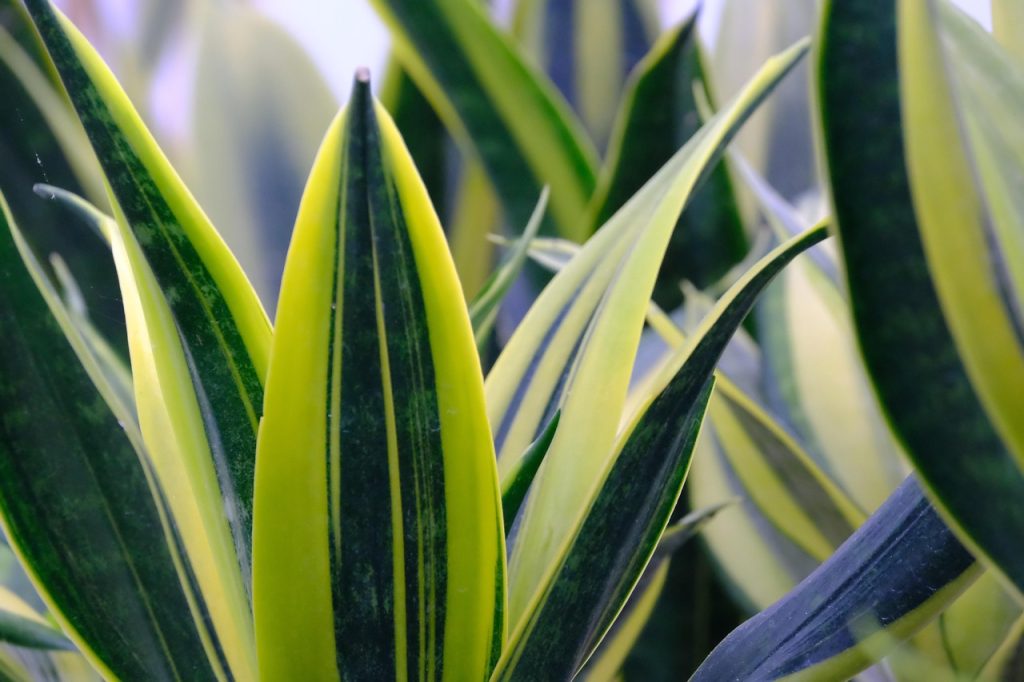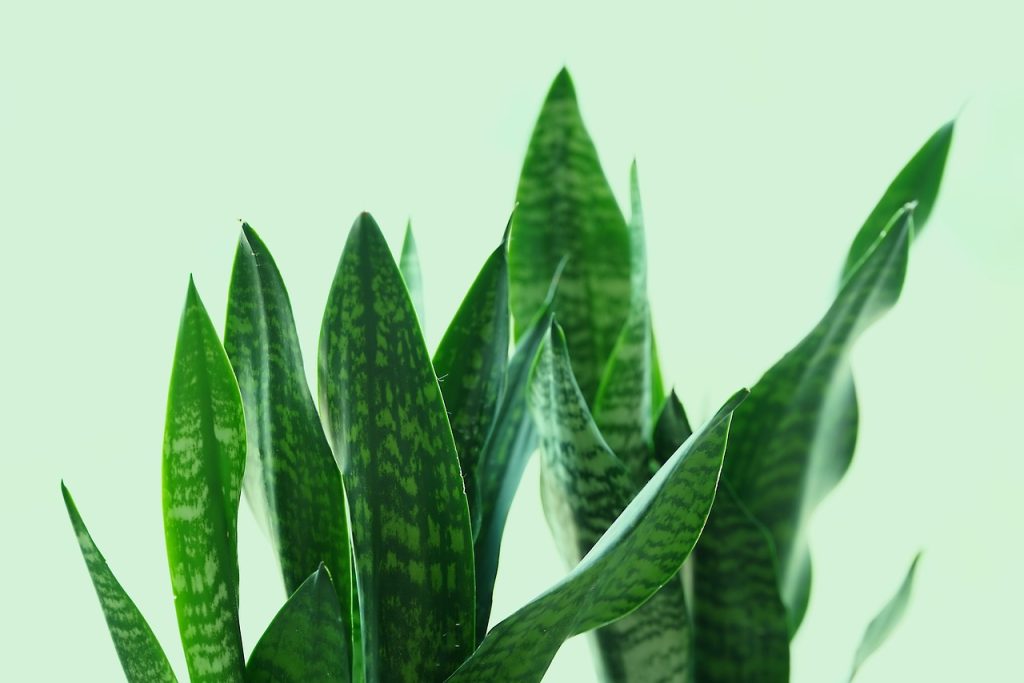Snake plants, known scientifically as Sansevieria, are a popular choice among plant enthusiasts and novice gardeners alike. Famous for their striking upright leaves and robust nature, these plants make an excellent addition to any indoor space. In this comprehensive guide, we’ll delve into the intriguing world of snake plants, exploring their history, varieties, ideal growing conditions, and care tips, so you can cultivate these resilient beauties with confidence.

The Historical Journey and Origin of Snake Plants
Snake plants have a rich history that traces back to tropical West Africa, where they thrive in rocky and arid habitats. Over the centuries, these plants have been cultivated and appreciated for their architectural foliage and minimal care requirements. Commonly known as Mother-in-Law’s Tongue, Care of Snake Plants have been a staple in home decor due to their ability to purify air and tolerate a variety of environmental conditions.
Distinctive Appearance and Popular Varieties
The snake plant is easily recognizable by its long, pointed leaves that stand erect and often feature unique variegated patterns. They are typically dark green with lighter green or yellow edges. Here are some popular varieties:
Sansevieria trifasciata ‘Laurentii’
This variety is distinguished by its yellow-edged leaves with green horizontal stripes, making it one of the most popular choices for indoor settings.
Sansevieria cylindrica
Known for its cylindrical leaves, this variety adds a modern touch to any decor. The leaves can be braided or left to grow naturally.
Sansevieria ‘Moonshine’
With its striking silver-green leaves, the ‘Moonshine‘ variety offers a softer look while maintaining the classic snake plant silhouette.
Ideal Growing Conditions for Snake Plants
One of the key reasons for the snake plant’s popularity is its adaptability. However, providing optimal conditions will ensure the healthiest growth.
Light Requirements
Snake plants thrive in a range of lighting conditions, from low light to bright, indirect sunlight. Ideally, they prefer indirect light, which helps maintain their vibrant color without risking leaf burn.
Soil and Potting
Well-draining soil is crucial for Care of Snake Plants to prevent root rot. A cactus or succulent potting mix is ideal. Ensure the pot has drainage holes to allow excess water to escape.
Watering Needs
Snake plants are drought-tolerant and prefer to dry out between waterings. Watering every two to six weeks is generally adequate, depending on the light and temperature conditions.
Temperature and Humidity
These plants prefer temperatures between 70-90°F (21-32°C). They can tolerate lower temperatures but should be kept above 50°F (10°C) to avoid damage. Average household humidity is sufficient for Care of Snake Plants.

Planting and Propagation Techniques
Snake plants are easy to propagate, making them a great choice for expanding your plant collection or sharing with friends.
Propagation by Division
One of the simplest methods is dividing the root ball. Carefully separate the plant into sections, ensuring each has roots attached, and replant in individual pots.
Leaf Cuttings
Another method involves cutting a leaf into sections, allowing them to dry, and then planting them in soil. This method requires patience, as rooting can take several weeks.
Seasonal Care and Maintenance
While snake plants require minimal maintenance, some seasonal care can optimize their growth and appearance.
Spring and Summer Care
During the active growing season, fertilize monthly with a balanced houseplant fertilizer to promote robust growth. Ensure adequate watering as the plant’s needs may increase.
Fall and Winter Dormancy
In cooler months, Care of Snake Plants enter a dormant phase. Reduce watering frequency and cease fertilizing to prevent overwatering and nutrient buildup.
Common Problems and Solutions
While hardy, Care of Snake Plants can occasionally face issues. Here’s how to address common problems:
Browning Tips
This can result from overwatering, underwatering, or low humidity. Adjust watering practices and consider misting the plant if humidity is low.
Root Rot
Caused by excessive moisture, root rot can be prevented by using well-draining soil and ensuring proper watering techniques.
Leaf Curling
Often a sign of water stress, leaf curling can be addressed by adjusting the watering schedule to better match the plant’s needs.

Real-Life Uses and Benefits of Snake Plants
Beyond their aesthetic appeal, snake plants offer several practical benefits:
- Air Purification: Snake plants are renowned for their ability to filter out toxins such as formaldehyde and benzene, improving indoor air quality.
- Low Maintenance: Ideal for busy individuals, snake plants require minimal care, making them perfect for beginners.
- Health Benefits: By improving air quality, Care of Snake Plants can contribute to better respiratory health and a more restful environment.
Frequently Asked Questions about Snake Plants
Watering every two to six weeks is typically sufficient, depending on environmental conditions such as light and temperature.
Yes, Care of Snake Plants can adapt to low-light conditions but will thrive best in bright, indirect light.
Propagation by division is the simplest method, but leaf cuttings can also be effective for creating new plants.
Yellowing leaves can indicate overwatering or poor drainage. Adjust watering practices and ensure the potting soil is well-draining to resolve the issue.